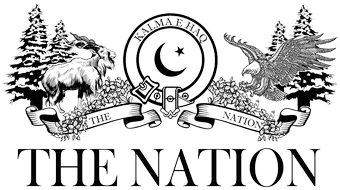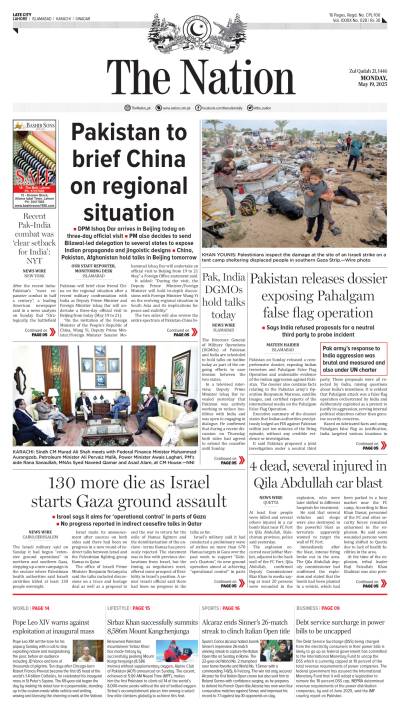Despite his best efforts, Indian Prime Minister Modi was not able to sow the seeds of discord among the farmers’ unions. He managed to wean away Naresh Tikait, a Jat Kisan leader, but his brother Rakesh Tikait refused to end the protest. He is now on hunger strike until his death.
To express solidarity with the farmers, 18 opposition parties have decided to boycott the Indian president’s address to a joint sitting of the parliament at the start of the budget session. They criticised the government for obduracy when 155 farmers, braving water cannons, tear gas and lathi charges, have already lost their lives. The government-sponsored media published stories that the movement was being backed up by Khalistani and Pakistani elements.
Pakistani drones allegedly dropped hand-grenade through drones in East Punjab which eerily never exploded or displayed to the media. The government even resorted to filing an affidavit in the Supreme Court to affirm its allegation of foreign aid to the peaceful movement. The protest has now assumed an all-Indian dimension as Bhim-army chief Chandra Sheikhar Azad, founder of Azad Samaj party (open-society party) joined the protesters with declaration `ek juth ho kar larna hai’ (we have to fight united).
Modi’s nightmare is that the oppressed-movement wave appears to have turned against him (Muslim 14.23%, Christians 2.3%, the Scheduled castes 16.6%, and Scheduled Tribes 8.6%). Modi became Prime Minister with only over 37 per cent votes in 2019.
MOHAMMAD ASAD MALIK,
Rawalpindi.
Monday, May 19, 2025
How farmers became Modi’s nightmare
Sindh declares public holiday on May 28 for Youm-e-Takbeer
10:07 PM | May 19, 2025
PTA blocks over 119,000 websites in crackdown on anti-state content
8:11 PM | May 19, 2025
Security forces kill three terrorists in Balochistan
7:59 PM | May 19, 2025
Pakistan-China military ties tip battlefield balance against India
7:56 PM | May 19, 2025
Kuwaiti Dinar sees slight dip against Pakistani Rupee in open market
7:13 PM | May 19, 2025
-
Lahore emerges among safest global cities in Numbeo 2025 index
-
Lahore emerges among safest global cities in Numbeo 2025 index
-
India’s suspension of Indus Water Treaty legally baseless
-
Seventh polio case reported in Pakistan amid nationwide vaccination drive
-
Pakistan reports sixth polio case of 2025
-
PTA begins issuing VPN licences to regulate usage
Regional Reset
May 19, 2025
Peak Potential
May 19, 2025
United Front
May 19, 2025
Culture Shift
May 18, 2025
Tactical Shift
May 18, 2025
Pakistan’s Strategic Edge
May 19, 2025
Lessons for India
May 19, 2025
Galiyat’s Poor Network Services
May 19, 2025
A City in Neglect
May 19, 2025
Rising Cost of Living
May 19, 2025
ePaper - Nawaiwaqt
Nawaiwaqt Group | Copyright © 2025





